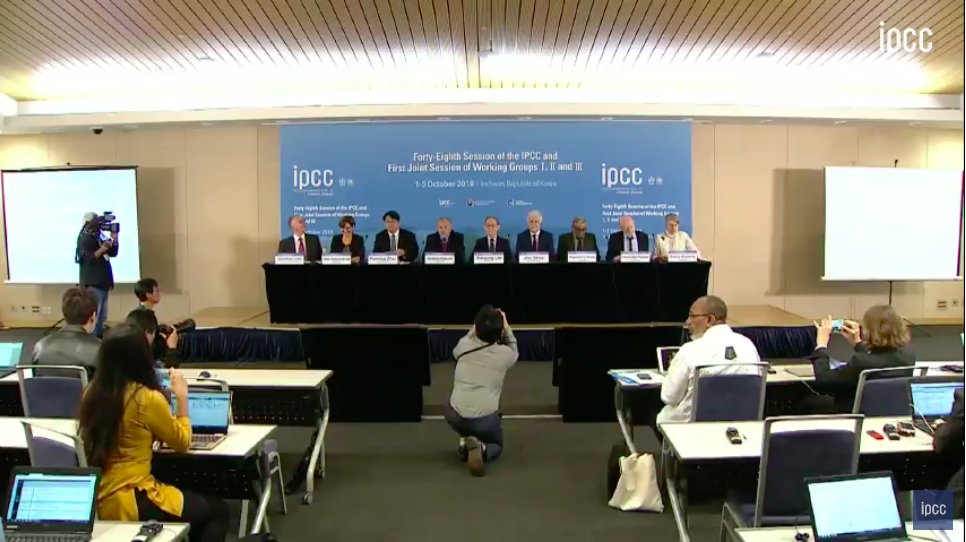So,
3.5M Americans are enduring one of the worst humanitarian crises in modern history & the President is acting like a fussy 6 year old.
3.5M Americans are enduring one of the worst humanitarian crises in modern history & the President is acting like a fussy 6 year old.
What's happening in Puerto Rico is just as much a product of racial injustice as it is the aftermath of a weather event.
• • •
Missing some Tweet in this thread? You can try to
force a refresh














